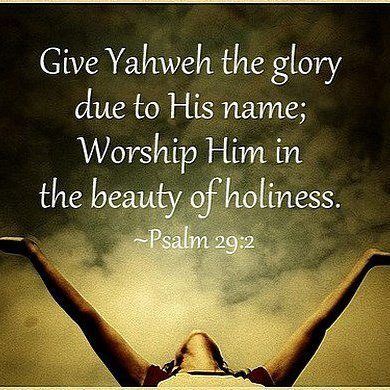Text: John 5
Brother Dr David Fung
30 April 2017
John 4:34 Mission statement of Jesus
Jesus often used physical items in the world to illustrate the spiritual realm.
This is my Beloved Son, with whom I am well pleased.
1) Background
The third sign in the gospel of John
The scene: A pool by Bethesda and many disabled people lying in wait for the waters to be stirred up so that they could be the first one to jump in and be cured of whatever disease they had.
The beneficiary of the sign. His miracle was healing of his lameness after 38 years
2) Did the man who was healed have faith in the healer for his miracle?
No. The cripple did not have faith that the healer could heal him. He did not know who the healer was. He just obeyed when told to pick up his mat and walk and he was healed.
When was the "work" of healing performed?
On the sabbath day. According to the Jewish law carrying a mat on the sabbath day was work and therefore unlawful.
What are the reactions to the miracle?
Instead of celebrating with the lame man over his healing the religious leaders were infuriated that Jesus had broken the sabbath law and they began to pursue him and seek his life.
3) Who healed the lame man? Jesus
But who is this Jesus who healed him?
Jesus claims to be God's son and to be equal with God. To the Jewish leaders this is blasphemy punishable by death
What and how did Jesus answer?
Jesus claims equality with God as follows:
a) Equality in working: whatever the father does the son also do v19
b) Equality in knowing: Father shows the son all he does v20
c) Equality in resurrecting: father and son gives life to whom they please v21
d) Equality in judging: all judgement is entrusted to Jesus v22
e) Equality in honor: All who honor the father must honor the son v23
f) Equality in regenerating: All who hear my words and believe in the father has life v24
g) Equality in self existence: father and son have life in himself v25
What witnesses did he refer to support this answer of equality with God.
Jesus named 4 witnesses.
1) John the Baptist with his proclamation to prepare the way for the Lord
2) The witness of his works through his miraculous and supernatural works
3) The witness of the Father by proclaiming that Jesus is his beloved son during his baptism
4) The witness of the OT scriptures. The Torah long ago predicted the coming of the messiah.
Questions
1) Are signs and wonders important to you? Why?
2) Who is Jesus of Nazareth?
3) Who is this Jesus to you?
The third sign in the gospel of John
The scene: A pool by Bethesda and many disabled people lying in wait for the waters to be stirred up so that they could be the first one to jump in and be cured of whatever disease they had.
The beneficiary of the sign. His miracle was healing of his lameness after 38 years
2) Did the man who was healed have faith in the healer for his miracle?
No. The cripple did not have faith that the healer could heal him. He did not know who the healer was. He just obeyed when told to pick up his mat and walk and he was healed.
When was the "work" of healing performed?
On the sabbath day. According to the Jewish law carrying a mat on the sabbath day was work and therefore unlawful.
What are the reactions to the miracle?
Instead of celebrating with the lame man over his healing the religious leaders were infuriated that Jesus had broken the sabbath law and they began to pursue him and seek his life.
3) Who healed the lame man? Jesus
But who is this Jesus who healed him?
Jesus claims to be God's son and to be equal with God. To the Jewish leaders this is blasphemy punishable by death
What and how did Jesus answer?
Jesus claims equality with God as follows:
a) Equality in working: whatever the father does the son also do v19
b) Equality in knowing: Father shows the son all he does v20
c) Equality in resurrecting: father and son gives life to whom they please v21
d) Equality in judging: all judgement is entrusted to Jesus v22
e) Equality in honor: All who honor the father must honor the son v23
f) Equality in regenerating: All who hear my words and believe in the father has life v24
g) Equality in self existence: father and son have life in himself v25
What witnesses did he refer to support this answer of equality with God.
Jesus named 4 witnesses.
1) John the Baptist with his proclamation to prepare the way for the Lord
2) The witness of his works through his miraculous and supernatural works
3) The witness of the Father by proclaiming that Jesus is his beloved son during his baptism
4) The witness of the OT scriptures. The Torah long ago predicted the coming of the messiah.
Questions
1) Are signs and wonders important to you? Why?
2) Who is Jesus of Nazareth?
3) Who is this Jesus to you?











































